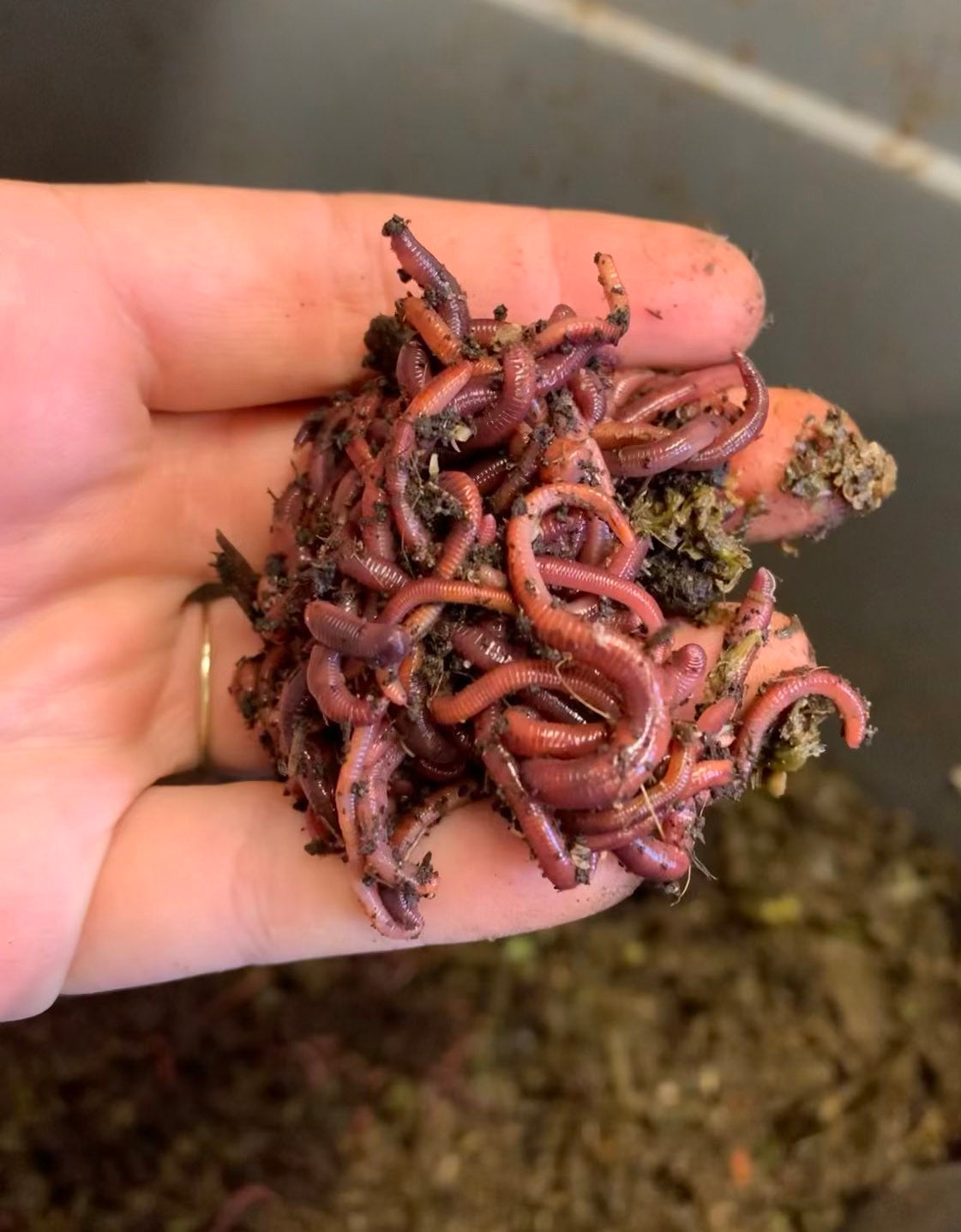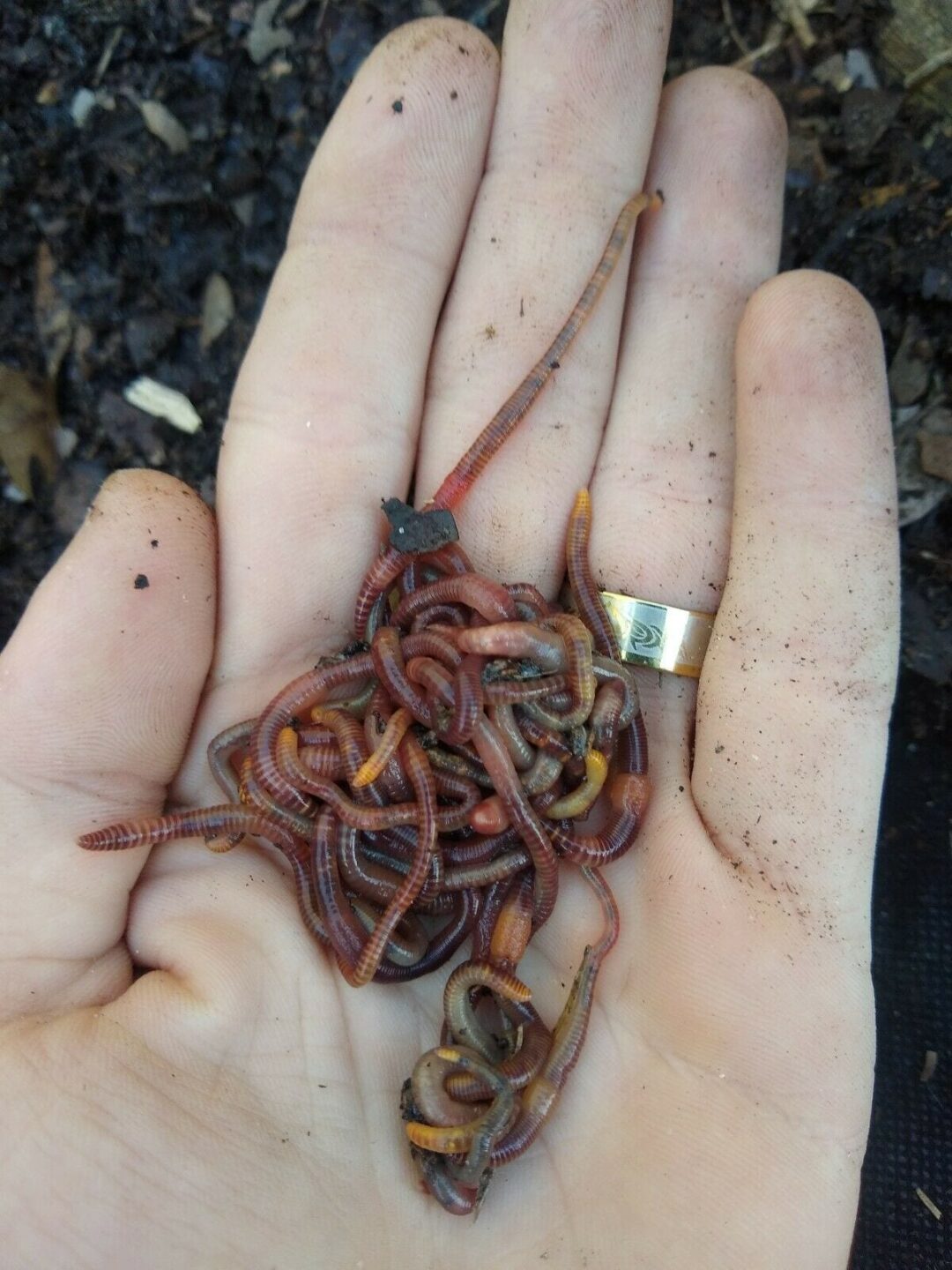Open the Tricks of Red Wigglers: Your Overview to Composting Success
The integration of red wigglers right into composting techniques presents a substantial possibility for enhancing dirt wellness and advertising sustainability. Recognizing their needs and behaviors is vital for enhancing their capacity, from setting up a suitable worm bin to feeding them the appropriate products.

What Are Red Wigglers?
(Red Wiggler Express)Red wigglers, clinically understood as Eisenia fetida, are a species of earthworm primarily utilized in composting as a result of their remarkable ability to decay raw material successfully. These worms are defined by their reddish-brown pigmentation and a segmented body, typically determining between 3 to 4 inches in length. Unlike various other earthworm types, red wigglers flourish in rich, natural atmospheres, making them suitable for vermicomposting systems.
Belonging To North America, they are frequently discovered in decaying fallen leaves and garden compost piles, where they play a crucial duty in nutrient recycling. Their adjustment to living in a wet, aerobic environment allows them to consume huge amounts of organic waste, simplifying right into nutrient-rich spreadings that improve dirt health and wellness.
Red wigglers duplicate quickly, with a single worm capable of creating several cocoons weekly, each consisting of several hatchlings. This rapid reproduction rate adds to their performance in composting operations. They like temperature levels between 60 ° F and 80 ° F, and their activity degree increases substantially within this range, additional helping in the disintegration process. Comprehending the biology and habits of red wigglers is important for maximizing their capacity in composting applications.
Benefits of Utilizing Red Wigglers
Using the power of red wigglers in composting offers numerous benefits that improve dirt health and wellness and promote lasting waste monitoring. These amazing microorganisms successfully damage down natural issue, changing kitchen scraps and yard waste into nutrient-rich vermicompost. This finished product is incredibly beneficial for plant development, as it boosts dirt framework, increases dampness retention, and enhances nutrition schedule.

(Red Wiggler Express)In addition, the presence of red wigglers in your composting system can increase the composting process, producing top quality garden compost in a portion of the moment contrasted to traditional techniques. The spreadings produced by these worms are also including helpful microorganisms additional reading that additionally enhance the soil ecosystem.
Establishing Up Your Worm Bin
Creating an efficient worm container is a simple procedure that can considerably improve your composting initiatives. Worm bins can be made from plastic storage bins, wooden boxes, or readily available worm bins.
Next, prepare the bedding material, which offers as the worms' environment. A mix of shredded paper, cardboard, and coconut coir functions well, offering a comfortable setting for the worms.

Feeding Your Red Wigglers
To make sure the health and wellness and productivity of your red wigglers, it is vital to provide them with a well balanced diet plan that meets their dietary requirements. Red wigglers flourish on a varied variety of organic products, which not just supply essential nutrients however also advertise efficient composting.
Beginning by including kitchen area scraps such as veggie peels, fruit cores, and coffee grounds. Avoid citrus fruits, onions, and garlic, as these can be destructive to worm health and wellness. In addition, present shredded paper, cardboard, and dry fallen leaves to create a well-aerated atmosphere.
Feeding frequency need to be kept an eye on; normally, worms can take in half their body weight in food weekly. It is critical to stay clear of overfeeding, as excess food can result in unpleasant smells and bring in bugs. A good technique is to add food in tiny amounts, permitting worms to process it before introducing extra.
Maintaining wetness degrees is also crucial; the bedding ought to perspire but not soggy. Be certain to regularly check the temperature and pH levels of the container to make certain an optimal environment for your red wigglers, ultimately improving their composting performance.
Harvesting and Making Use Of Garden Compost
A successful composting process with red wigglers culminates in the abundant, dark garden compost called vermicompost, which can dramatically boost dirt health and wellness and plant growth. Gathering this nutrient-dense material usually happens every three to six months, depending on the dimension of your system and the quantity of raw material being processed.
To collect, delicately separate the compost from the worms and any undecomposed materials. One reliable approach includes moving the components of the bin to one side and including fresh bed linen and food to the empty space, urging the worms to migrate. After a few days, the garden compost can be accumulated from the contrary side.
It is necessary to utilize vermicompost properly to maximize its advantages. By integrating vermicompost right into your gardening routine, you not only reuse organic waste yet also develop a flourishing ecological community that supports lasting gardening methods.
Verdict
In recap, red wigglers offer as exceptional allies in composting initiatives, transforming natural waste right into nutrient-rich vermicompost. By understanding the ideal conditions for their environment, feeding demands, and garden compost harvesting strategies, gardeners can enhance dirt health and wellness and promote plant vitality.